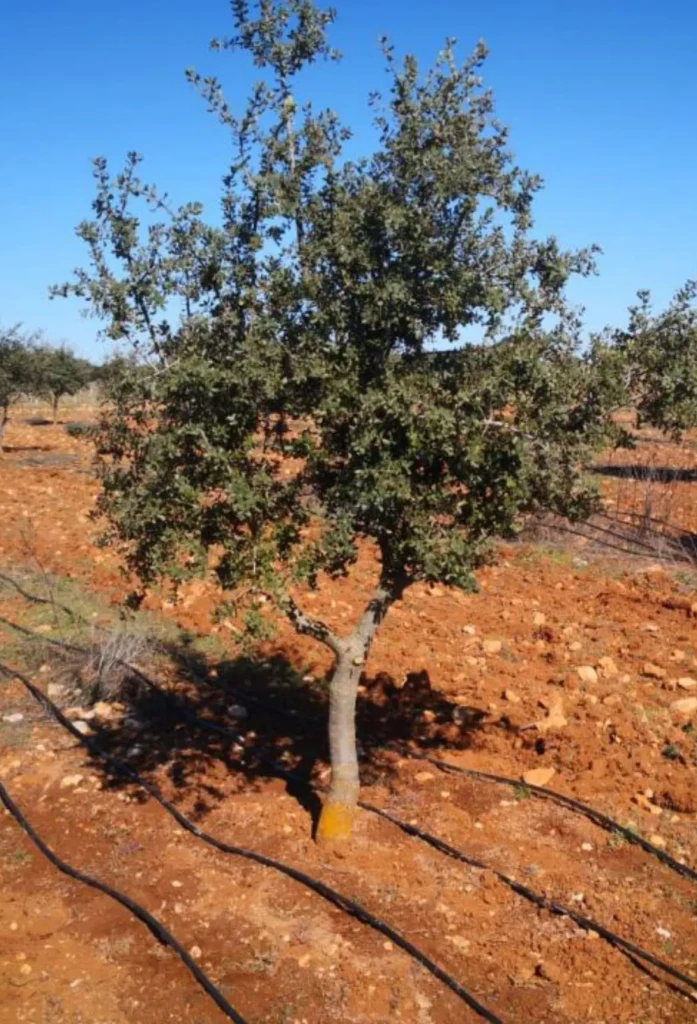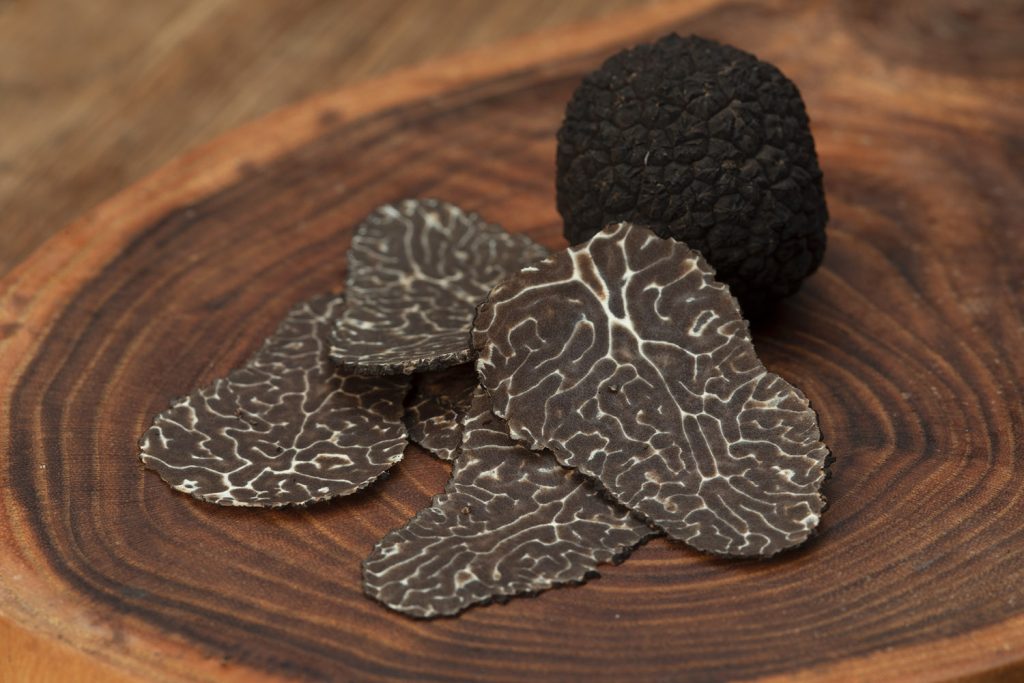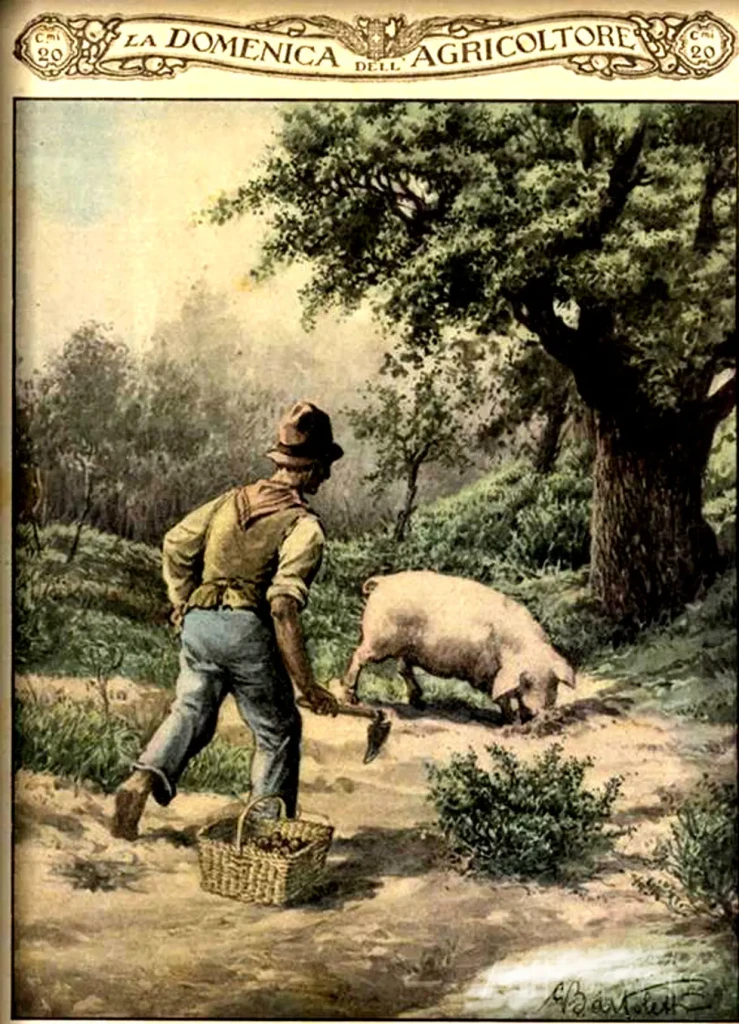Historical Background & Key Developments
Early 20th century – wild harvesting
In Spain, truffles had been collected traditionally for centuries, but commercial-scale harvesting and export (especially to France) really took off in the mid-20th century (1950s), particularly in Catalonia and Aragon.1960s–1970s – decline of wild harvests and start of research
From the 1970s onwards, researchers began noting a decline in wild truffle yields due to overharvesting, land-use changes, altered forest management, and local climate variation. This decline motivated scientific study of truffle ecology and management.1970s onward – beginning of artificial plantations (truficultura)
Spain adopted artificial truffle cultivation techniques (inoculating oak or hazelnut seedlings with Tuber melanosporum) in the 1970s. From the 1980s and especially the 1990s, truffle plantations expanded more rapidly, supported by research on mycorrhiza techniques, soil suitability, and forest management.
Natural vs. Cultivated Production Areas
Natural habitats
Spain’s natural truffle-producing forests (mainly in Aragón, Navarra, Soria, and Catalonia) saw declines in yield from the 1970s to 1980s, though precise hectare-based statistics are not available for the entire century. Local studies confirm falling wild harvests, followed by stabilization in some regions depending on climate and management.Cultivated plantations (plantaciones truferas)
Artificial truffle cultivation grew strongly from the 1980s onward. By the late 20th century and into the 21st, Spain became a global leader in truffle cultivation. Estimates suggest several thousand hectares of plantations were established by the 1990s–2000s — for example, around 3,000 hectares in Teruel province alone, with much larger figures nationwide.
In short: wild production decreased in relative importance, while plantations steadily increased. By the end of the 20th century, Spain’s future truffle economy was clearly shifting toward cultivated truficultura.
Main Researchers, Institutions, and Works
Several Spanish scientists played leading roles in truffle research during the late 20th century. Key names and works include:
Santiago Reyna
Author of multiple reviews on Spanish truffle cultivation, e.g. Situación y perspectivas de la truficultura en España (2004).Ana M. De Miguel & Rafael Sáez
Important for studies on competing mycorrhizas and practical cultivation guides. Their book La trufa negra. Guía práctica de truficultura is a standard reference.Ana Hernández, H. Esteban, C. Palazón
Collaborated on surveys of Spain’s truffle sector and cultivation perspectives.Institutions
CITA Aragón (Agronomic Research Center, Aragón)
CEAM (Centro de Estudios Ambientales del Mediterráneo)
University of Navarra, Universidad Politécnica, and CSIC research groups
These institutions pioneered truffle plantation trials and mycorrhiza studies.
Recommended works for scholarly study
Reyna, Situación y perspectivas de la truficultura en España (2004).
Sáez & De Miguel, La trufa negra. Guía práctica de truficultura.
Truficultura. Fundamentos y técnicas (technical handbook on truffle cultivation).
Main Research Themes in Spain (late 20th century)
Ecology of wild truffle habitats – impact of forest management, land use, climate on natural yields.
Mycorrhiza techniques – inoculation of oak/hazelnut seedlings with Tuber melanosporum, nursery practices, plantation establishment.
Soil suitability and spatial modeling – mapping of suitable plantation sites.
Microbial competition and pests – role of competing fungi and management of plantation health.
Suggested Sources (to begin deeper research)
Reyna, S., De Miguel, A., Hernández, A., Esteban, H. – Situación y perspectivas de la truficultura en España (review).
Sáez, R. & De Miguel, A.M. – La trufa negra. Guía práctica de truficultura (practical handbook).
MAPA (Spanish Ministry of Agriculture) – Estado actual de la trufa y la truficultura (official report).
Regional development projects (Teruel, Huesca, Navarra) – provide detailed figures on planted hectares and economic impact.







